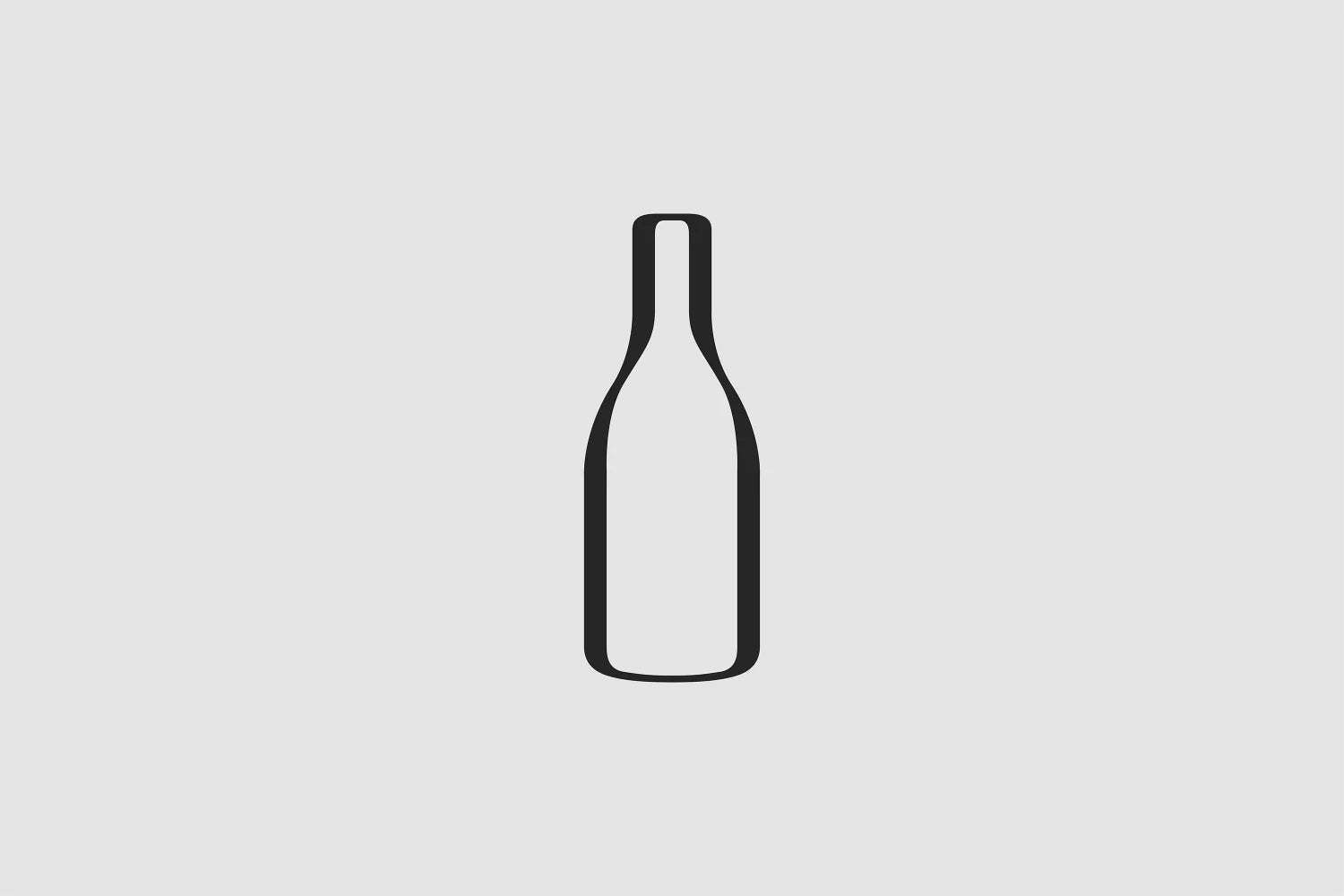When I was a wine director, fleshing out an extensive Bordeaux category for a big program meant purchasing the most buzz-worthy vintages from blockbuster châteaux. As for the exorbitant costs? Not a problem: The company was eager to spend it in return for a wine list filled with pages that would cause the hearts of connoisseurs to skip several beats.
Selecting (and tasting!) these blue-chip labels were unforgettable experiences, but I was more intrigued by the challenge of meeting a different set of criteria for Bordeaux purchasing. The key factors were (1) a high-performing château like today’s Classified Growth, (2) an overlooked “sleeper” vintage, and (3) enough maturity to be hitting its “sweet spot.” All this, while seeking out a relatively affordable price in a land where luxury reigns supreme. Deep diving and keen eyes are required to find that pearl, and although I’m far removed from my restaurant days, the hunting never ended. So, start polishing up your decanter because today’s 2011 Chateau d’Armailhac—owned by and adjacent to First Growth Mouton-Rothschild—clears all three hurdles with flying colors and does so without crossing the three-digit price threshold!
Superlatives were not necessarily attached to the 2011 vintage in Bordeaux. A bumpy, uneven growing season marked by record heat and tiny yields compromised overall quality for some growers. Having followed an impressive string of years from 2008 through 2010 and preceding an incredible stellar streak from 2012 through 2016, we remained level-headed, lowered our expectations, and kept this ’11 in comparative context. Then, we tasted it. Silence from the group followed, then a second taste. Remember the shy kid from school that never made a peep until the one day they erupted into the funniest performance you’d have ever seen? Yes, that was the jaw-dropping moment for us.
Bordeaux, particularly the Left Bank, has a long history of fortunes gained, then lost, with new fortunes emerging again. The d’Armailhac (original spelling) family controlled the property for most of the 18th and 19th centuries and their bright shining moment was achieving Fifth Growth distinction in the famous 1855 Bordeaux classification. However, the family’s ultimate financial demise was punctuated by the period beginning with their phylloxera ravaged vineyards, the unbearable toll of WWI, and finally, the Great Depression. Enter First Growth magnate and next-door neighbor (literally) Baron Philippe de Rothschild of Mouton Rothschild, who exercised his pre-arranged, “first-rights” agreement to purchase the property in 1933. Under Philippe’s direction, the château was renovated, the vineyards were re-planted and the two-story chai got rebuilt. Today, the estate remains in the hands of the Rothschilds and is managed by the same team that looks after the Château Mouton-Rothschild vineyards and winery. Since 2004, the team has been led by the talented Philippe Dhalluin.
The 69 hectares of d'Armailhac’s vineyards are all situated to the north and west of the town of Pauillac and sandwiched between those of Château Mouton-Rothschild to the north and Château Pontet-Canet to the south. Talk about prime Pauillac real estate! The terroir, in general, is the famous gravel of the left bank communes, home to the world’s most coveted Cabernet Sauvignon. The main 26-hectare vineyard of mostly Cabernet Sauvignon sits on the Carruades croupe which is essentially the direct physical extension of Chateau Mouton Rothschild (the average price of 2011 Mouton Rothschild: $550). All vineyard and harvest work is carried out by hand and after sorting and de-stemming, the fruit is fermented in temperature-controlled, stainless steel vats with a maceration lasting up to 20 days. Malolactic (secondary) fermentation also takes place in tank. The wine is then pressed off to barrel (30% new) where it may spend up to 16 months prior to bottling.
Today’s 2011 d’Armailhac is a blend of 57% Cabernet Sauvignon, 28% Merlot, 13% Cabernet Franc and 2% Petit Verdot. Immediately evident to the eye is a deep ruby hue with a slight variation toward the rim. Abundant aromatics jump forward, highlighted by blackcurrant confit, sour red cherry, white chocolate, licorice, violets, and hints of tobacco, already melding together seamlessly. The palate is medium-bodied and silky-sweet on entry, showing peppery, dried black fruit, exotic spice, and dusty forest floor with savory dried herbs and quinine. The minor Cabernet Franc component seems clear and present, channeling a similar high-toned lift and mineral verve found in Loire Valley Chinon and Saumur-Champigny. A truly elegant and nimble Pauillac, this ’11 d’Armailhac finishes vibrantly with an almost saline sappiness, laced with finely woven tannins. The wine stands beautifully composed as it enters its second decade with great promise. In preparation for full enjoyment, today’s pedigreed Fifth Growth requires a full 60-90 minutes in decanter prior to showtime in your Bordeaux stems. Enjoy it slowly with a classic match of steak au poivre and don’t forget to take notes to compare for the subsequent second and third bottle you open in 2026 and 2031. That’s our plan! Cheers!






